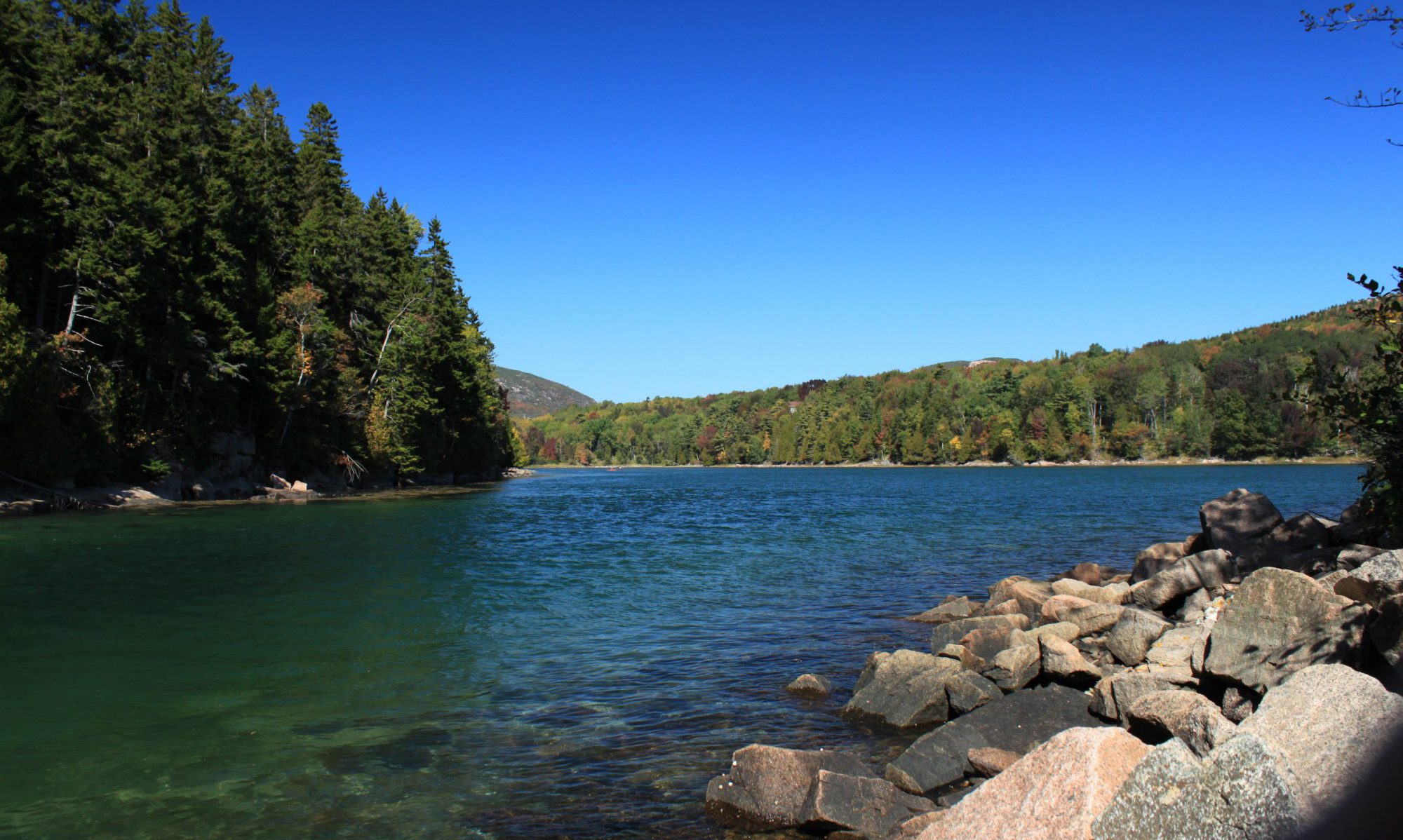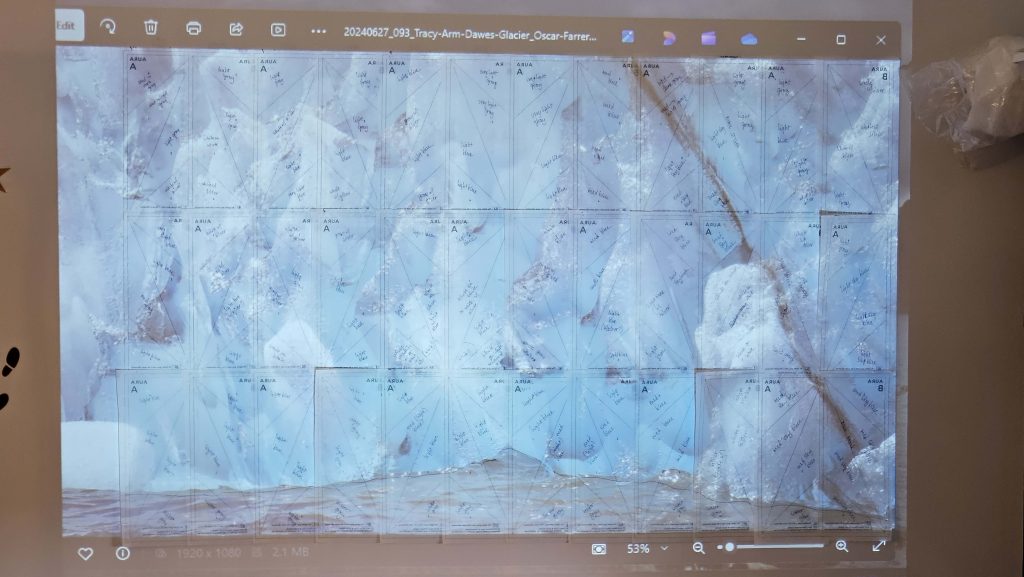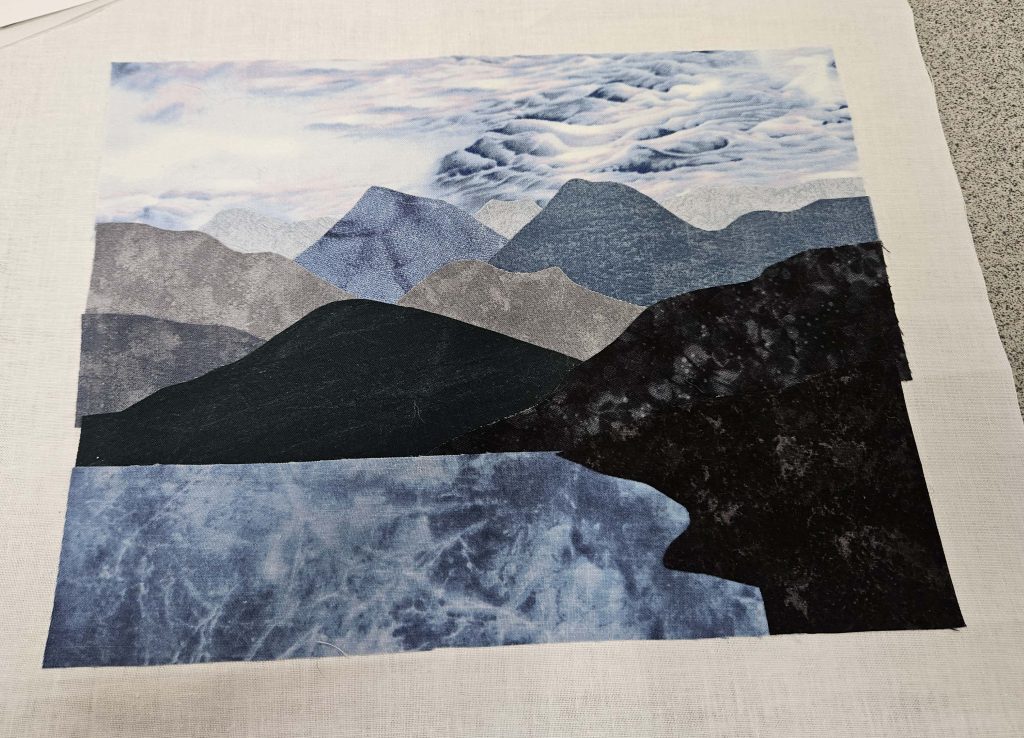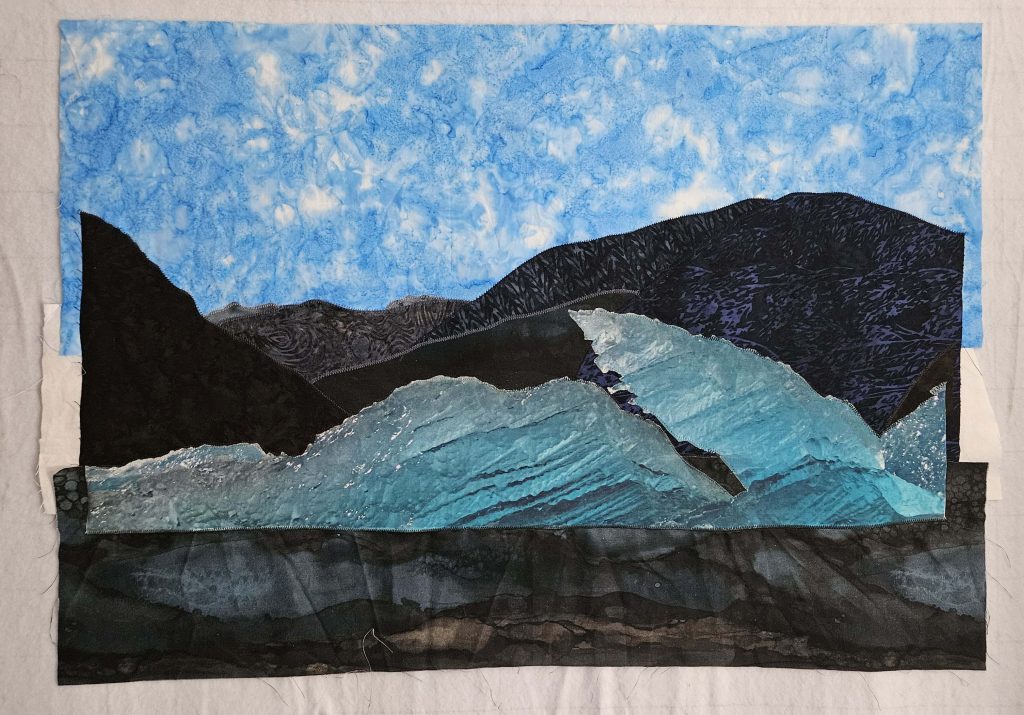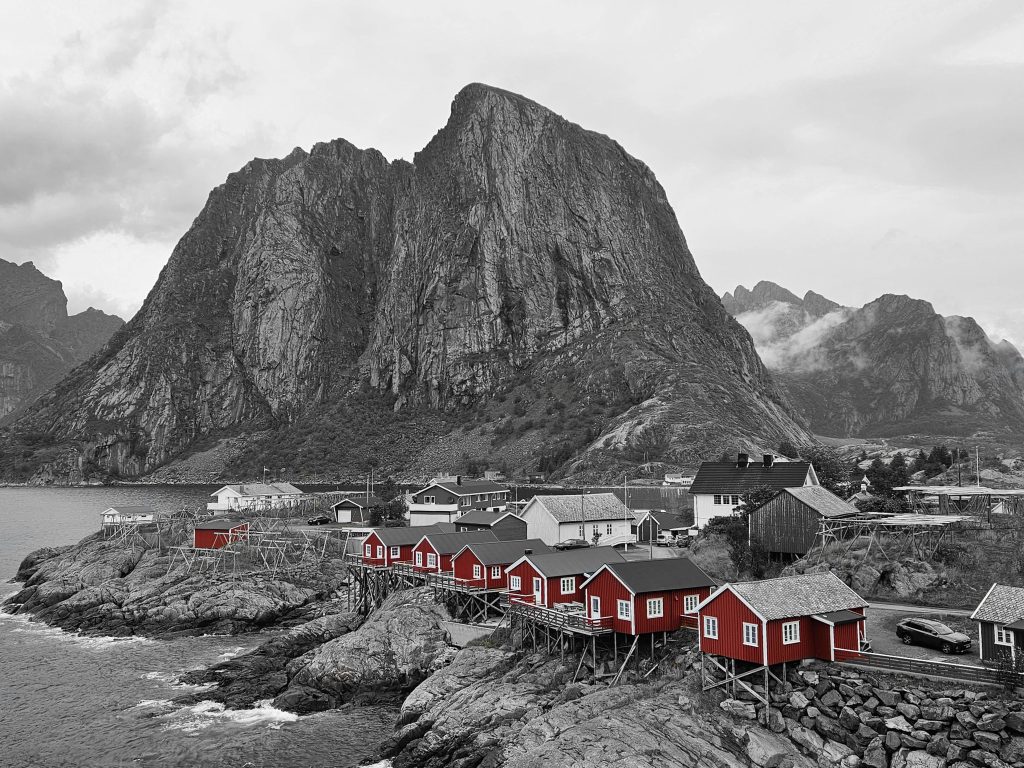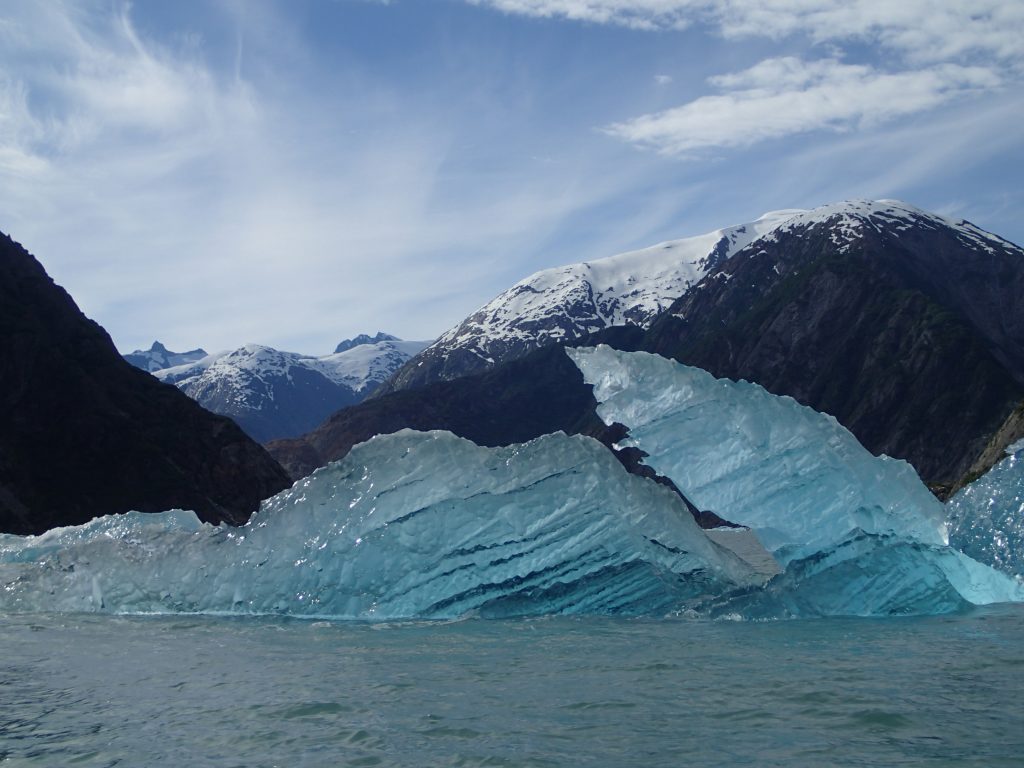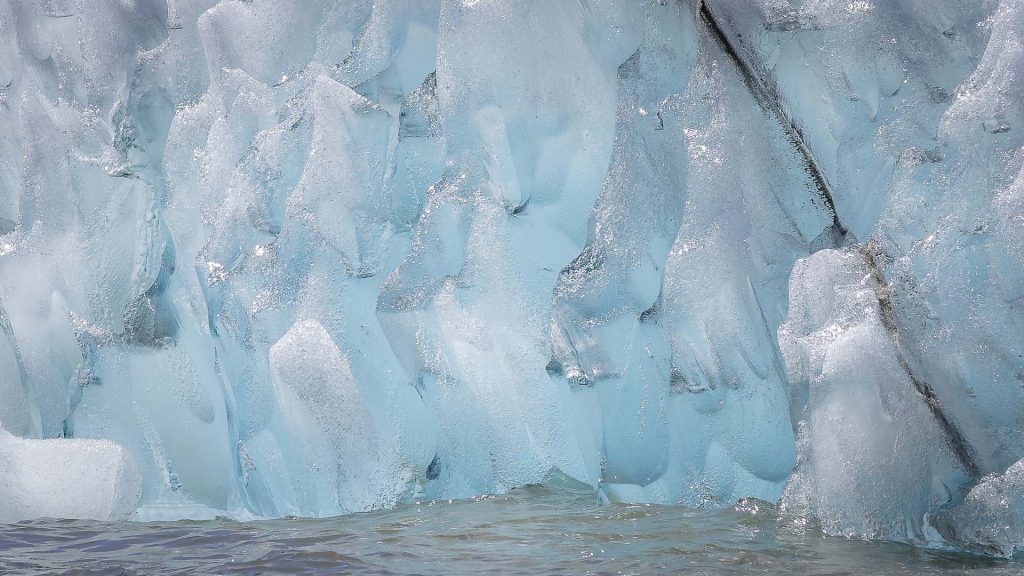I’ve been here, there, and everywhere over the last week or so, but I’ve been chipping away at the abstract iceberg quilt. First there was making a list of all of the colors of fabric that I identified when I labeled the foundation papers, and then figuring out how many of each of those pieces I would need. That, in turn, helped me figure out how much of each of the new fabrics I needed to get. Most of the fabrics were small amounts – I just needed one or two pieces here or there, not huge amounts. Then I went to get the fabrics that I needed.
After washing all of the fabrics, I started cutting the other night. Fortunately, the pieces I need for this quilt can be divided into two kinds – the piece for items 1 and 2, which are the same size, and the piece for items 3 and 4, which are a different size than items 1 and 2 but the same as each other. Fortunately, the strips of fabric I needed to cut were all the same! I’m still in the process of cutting up all of the fabrics I need and hoping I don’t get burned by the fact that some of the fabrics can be used on right and wrong side (read: batiks), but other fabrics not so much. I’ll deal with it…some other day.
The Tracy Arm quilt has also been moving along. For those of you following along in the peanut gallery, I finished applique sewing the pieces onto the background. I did have to take out and resew some of the sewing with the monofilament, which took some effort because sometimes when I went to resew it, the same thing happened again. My seam ripper got a workout. But the sewing is done and it looks great!
I found the fabrics for the borders (one 1” border closest to the image, plus a 4” border outside of that) and sewed those on. I was able to use some stuff I had in my stash for the 1” border, which was nice, but I did need to go find the correct navy blue to make the 4” border. (I also found the backing for this quilt in my stash!) I put it all together, and I’m really pleased with the result.
Unfortunately, while I was working on the border for the Horseshoe Canyon quilt (yeah, I bet you forgot about that one), my sewing machine decided it was DONE with this nonsense, so it’s at the sewing center getting looked at (as of today). It’s still under warranty, and it seems like it’ll be a relatively simple fix, but it was just something I could not solve despite my best efforts. So…in the meantime, I have been finishing up the cutting for the abstract iceberg quilt, which will take me a while. The plan is to get all of that cut out, then to clip all of the pieces to their respective foundation papers, which will probably take me another couple of evenings to get done.
The Tracy Arm quilt got pinned with its backing and batting today, so that’s just waiting on the sewing machine, and I have a traditional quilt I was working on before this whole project that still needs the final hand sewing on the binding to be finished. At a trip to a different local quilt shop this past weekend, I found some fabrics for a different quilt I’d like to start, which will involve the layering applique pieces again (so, no sewing!). I’ll talk about that one in my next blog post.
I will not be hurting for things to do while I’m machine-less!
